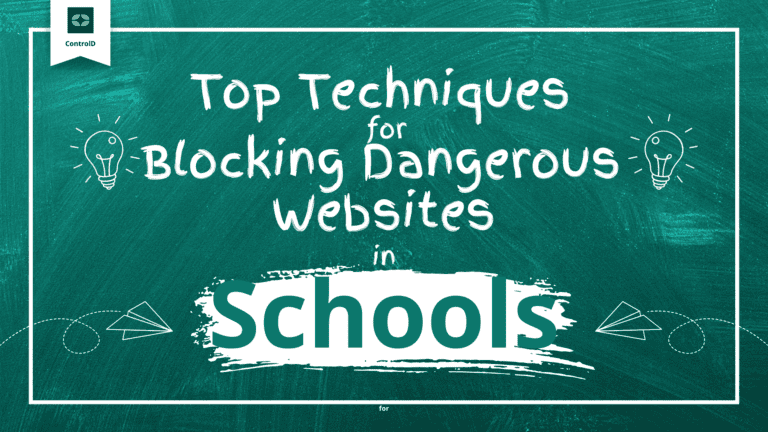The Role of Annotation Tool in Remote Team Building and Employee Onboarding

Remote work is no longer just a trend; it’s become a staple in the way we do business.
With companies increasingly embracing distributed teams, the need for effective communication and collaboration tools has never been greater.
Among these tools, the annotation tool stands out as a powerful asset for enhancing both remote team building and employee onboarding.
Enhancing Communication and Collaboration
In a remote work environment, clear communication is vital. Without the ability to quickly gather in a meeting room or have a casual chat by the coffee machine, teams need reliable methods to share ideas and feedback. An annotation tool can play a crucial role here, offering a platform for real-time visual collaboration. Whether it’s during a video call or while reviewing a document, team members can use an annotation tool to highlight key points, draw attention to specific areas, and provide detailed feedback. This visual aid not only clarifies communication but also makes it easier for everyone to stay on the same page.
Moreover, the annotation tool can be particularly beneficial during brainstorming sessions. Team members can simultaneously annotate shared screens or virtual whiteboards, adding their thoughts and suggestions. This interactive process fosters a sense of involvement and encourages everyone to contribute, regardless of their physical location. As a result, teams can generate more creative ideas and solutions, making the annotation tool an invaluable part of remote collaboration.
Streamlining the Onboarding Process
Onboarding new employees in a remote setting presents unique challenges. Without the opportunity for face-to-face interactions, it’s essential to find ways to effectively introduce new hires to the company’s culture, processes, and team members. An annotation tool can significantly enhance this experience by providing a more interactive and engaging onboarding process.
For instance, HR teams can use an annotation tool to walk new employees through company policies, training materials, and workflow procedures. Instead of sending lengthy documents or presentations, they can annotate these materials in real time, highlighting important sections and adding notes for further clarification. This approach not only makes the information easier to digest but also allows new hires to ask questions and get immediate answers. As a result, the onboarding process becomes more interactive and less overwhelming.
Furthermore, an annotation tool can facilitate virtual introductions and team-building activities. During orientation sessions, new employees can be introduced to their team members via video calls, where everyone can annotate shared screens to discuss ongoing projects or company goals. This visual interaction helps new hires feel more connected to the team and gives them a better understanding of their role within the organization.
Building a Cohesive Remote Team
Building a cohesive team is challenging even in a traditional office setting, and it can be even more daunting in a remote environment. However, with the right tools and strategies, it’s possible to create a strong sense of camaraderie and collaboration among team members. An annotation tool can be a valuable asset in this endeavor, as it promotes active participation and engagement.
One way to use an annotation tool for team building is through virtual workshops and training sessions. For example, during a skill-building workshop, participants can use the tool to annotate materials, share insights, and collaborate on exercises. This interactive learning experience not only helps team members develop new skills but also strengthens their bond as they work together towards a common goal.
Additionally, the annotation tool can be used for more informal activities, such as virtual games or icebreaker sessions. Teams can engage in drawing games, trivia, or other activities that require visual interaction. These fun and light-hearted sessions help break the ice and create a more relaxed and friendly atmosphere, which is essential for building strong relationships in a remote setting.
Conclusion: The Essential Role of Annotation Tool
As remote work continues to rise, the need for effective communication and collaboration tools becomes increasingly important. The annotation tool offers a versatile and practical solution for both remote team building and employee onboarding. By providing a platform for real-time visual collaboration, it enhances communication, streamlines the onboarding process, and fosters a sense of unity among team members.
In conclusion, incorporating an annotation tool into your remote work strategy is not just a nice-to-have but a necessity. It empowers teams to work more efficiently, engage more meaningfully, and build stronger connections, all of which are crucial for the success of a remote workforce. As companies continue to navigate the complexities of remote work, the annotation tool stands out as a key component in creating a cohesive and productive team environment.





